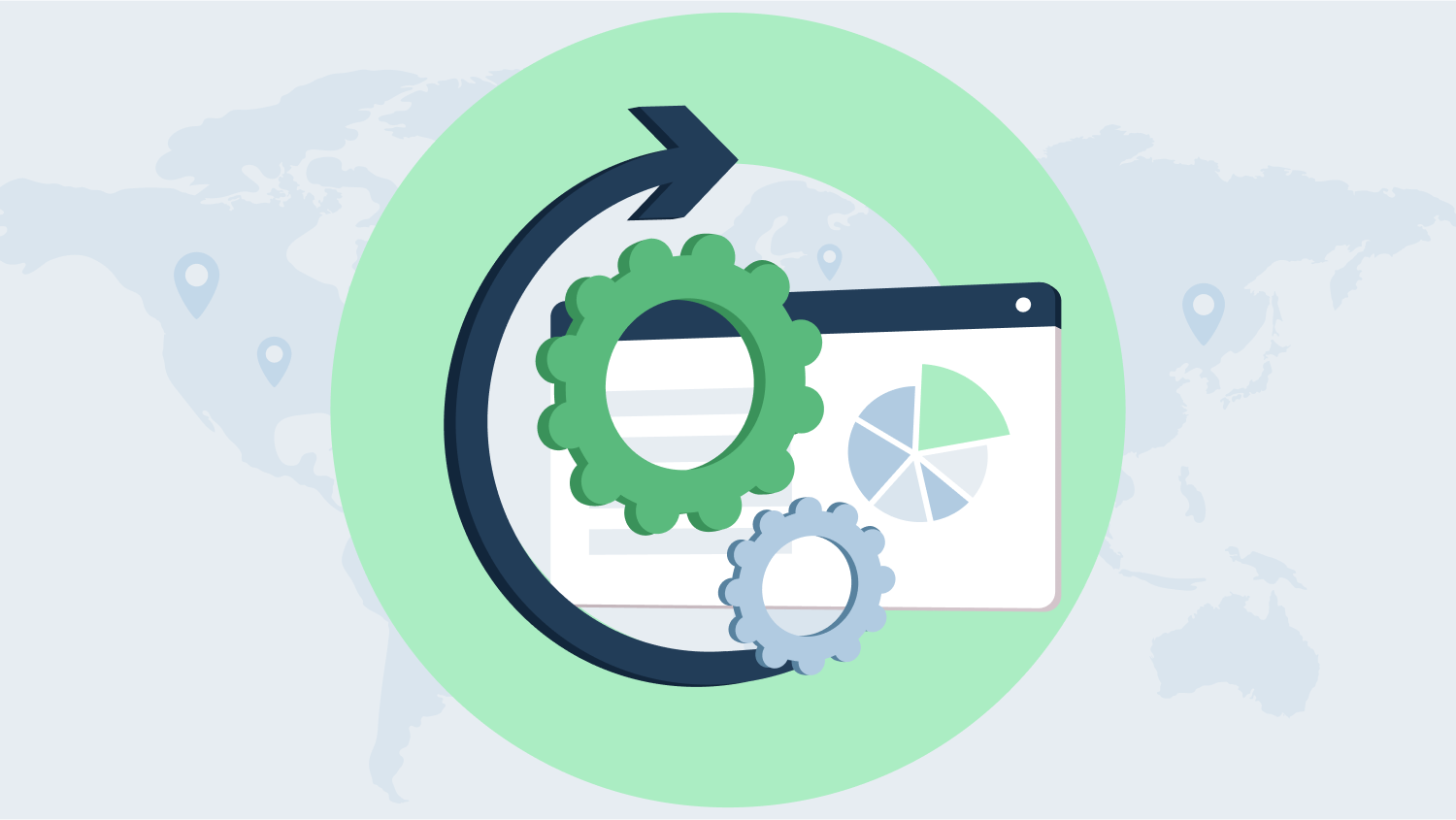Problem Statement
Supply and demand planning in the Food and Beverage industry is critical but often faces inefficiencies. While companies implement planning systems to address these challenges, a significant gap remains—many steps are still manually managed using spreadsheets.
One common issue arises when supply falls short of demand, whether due to raw material shortages or unexpected seasonal demand. For example, demand planning typically aggregates requirements at the DC level, combining inventory needs (e.g., 20 days of supply) with estimated sales. However, when supply can’t meet this demand, planning systems allocate resources based on priorities, such as serving high-margin customers first.
This approach often frustrates sales planners, as it increases the risk of stockouts. To counter this, they resort to manual adjustments—to say every DC demand will be met in a equal and fair manner. This process is time consuming and it becomes even more complex when multiple supply sources are involved. In such cases, cost optimization is frequently overlooked due to the manual effort required.
Solution Statement
With Sophus, an optimization model can streamline this process by evenly distributing supply to meet 80% of demand across all products and channels, ensuring equal treatment for all customers. Instead of time-consuming manual adjustments, the model generates an optimal supply plan in one go while balancing demand fulfillment and supply constraints. This reduces planning effort, enhances the use of existing systems, and results in a more efficient supply plan.









